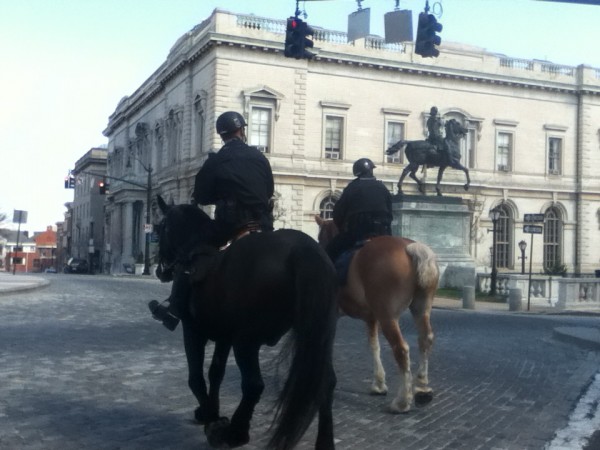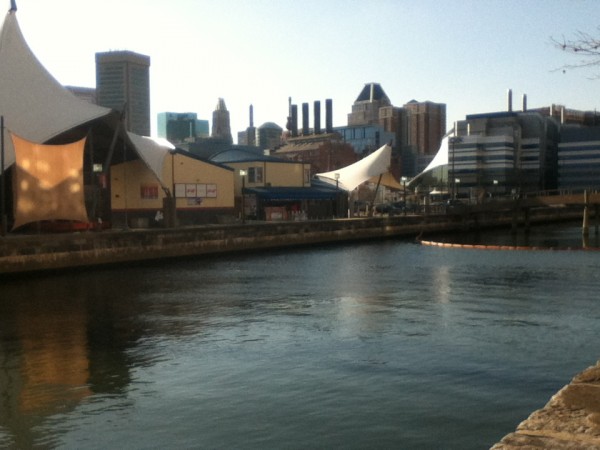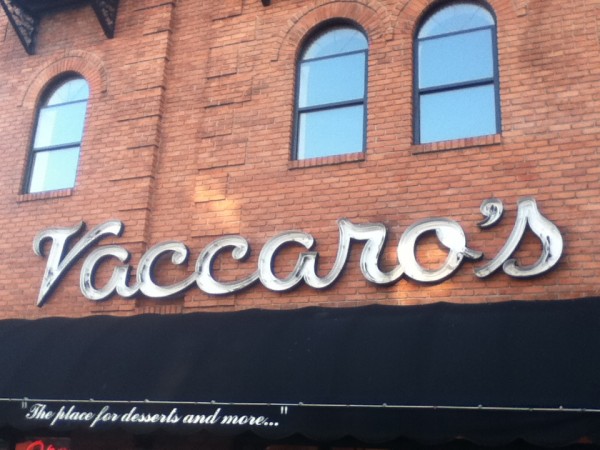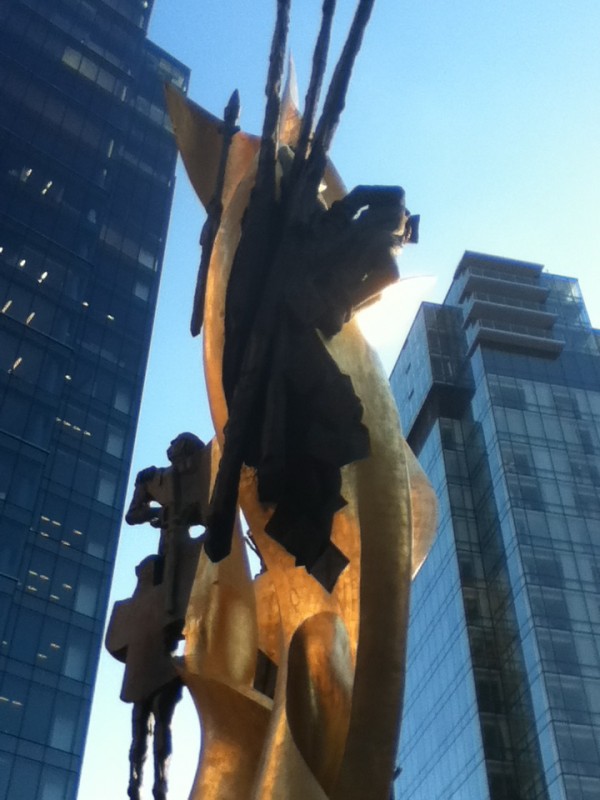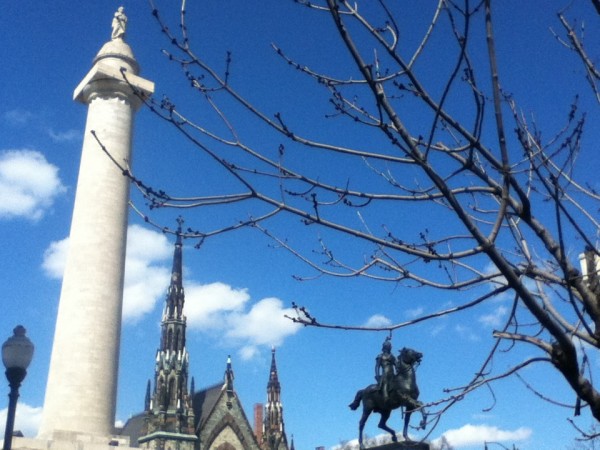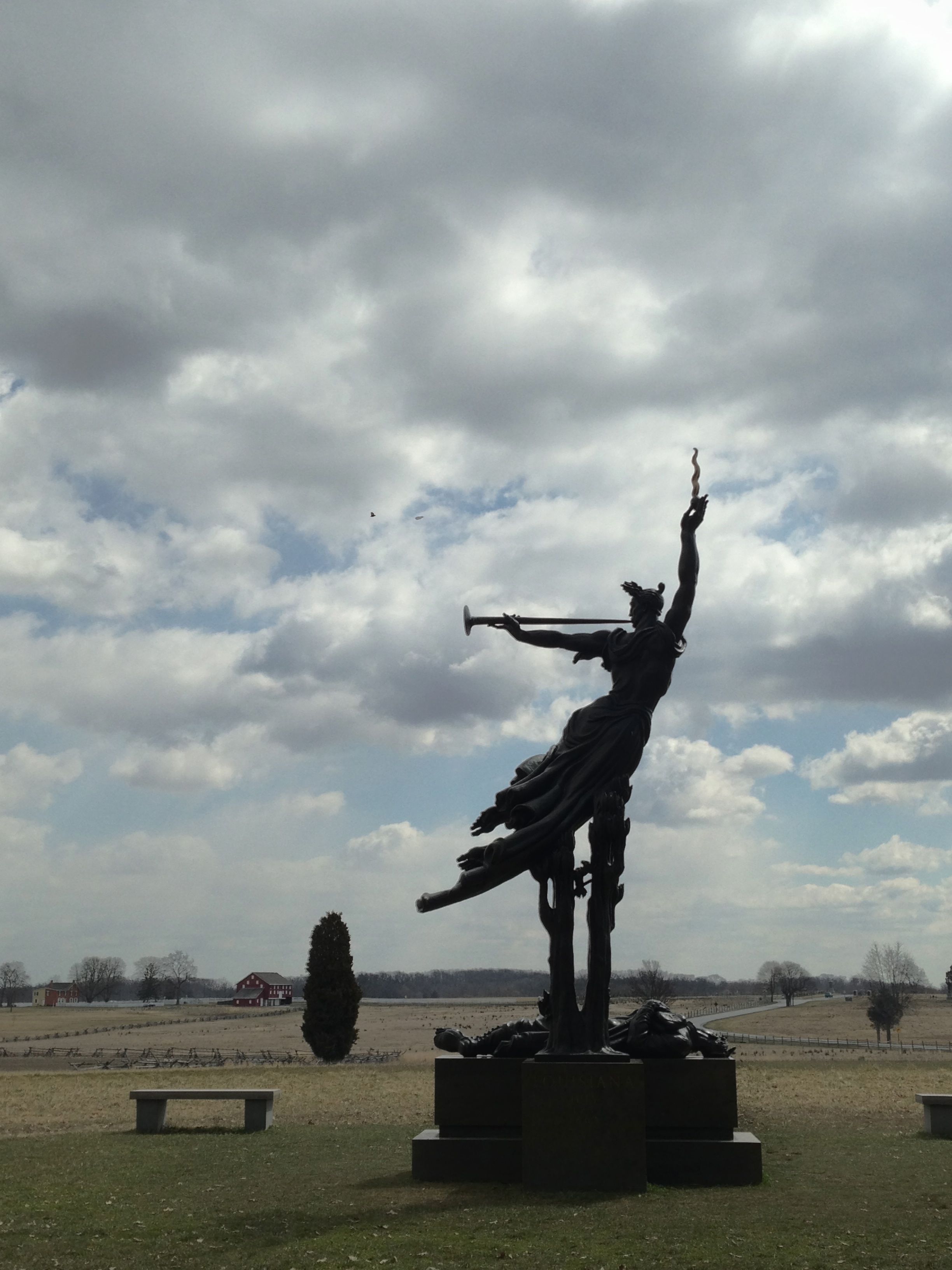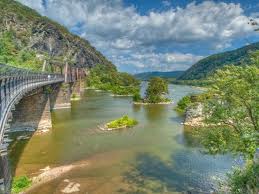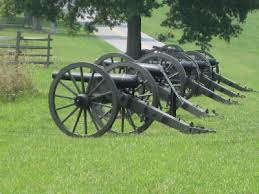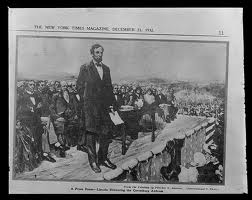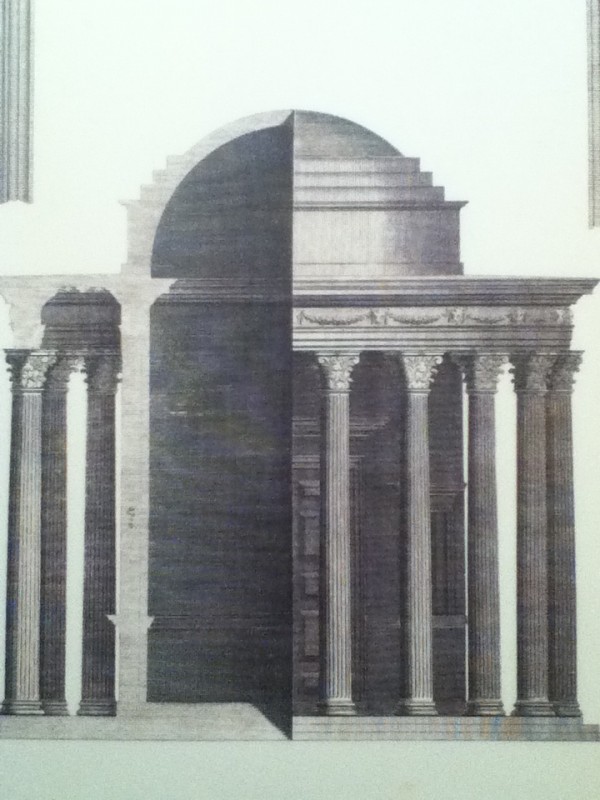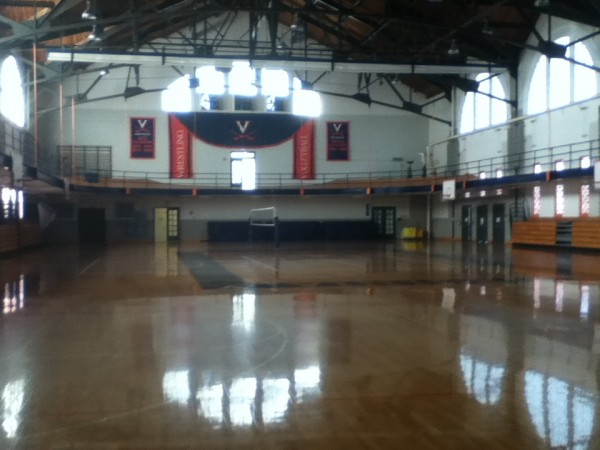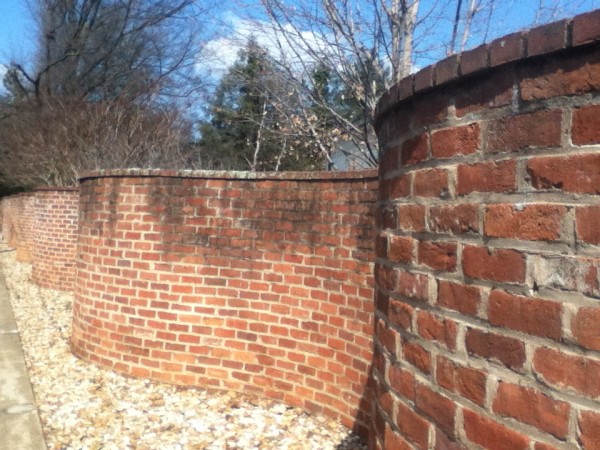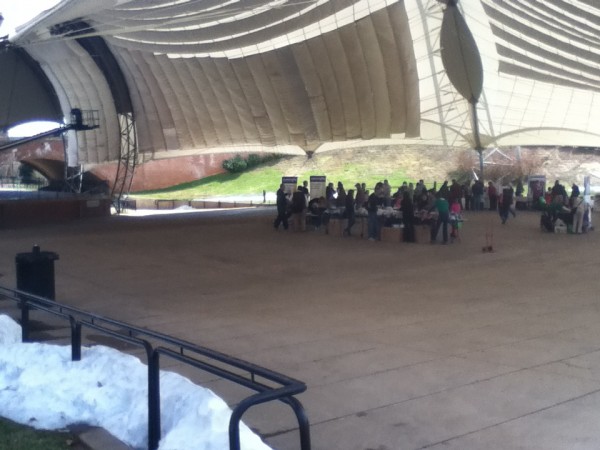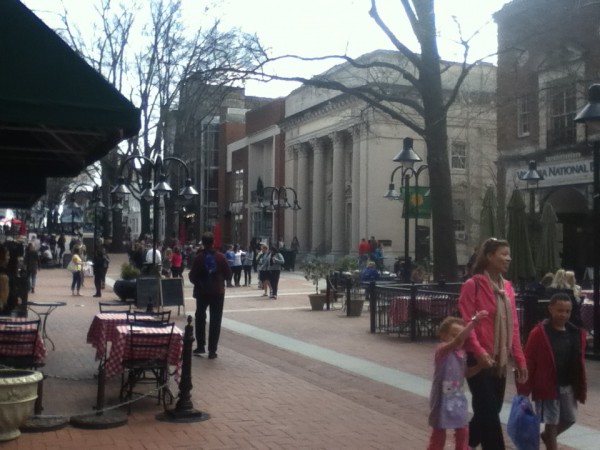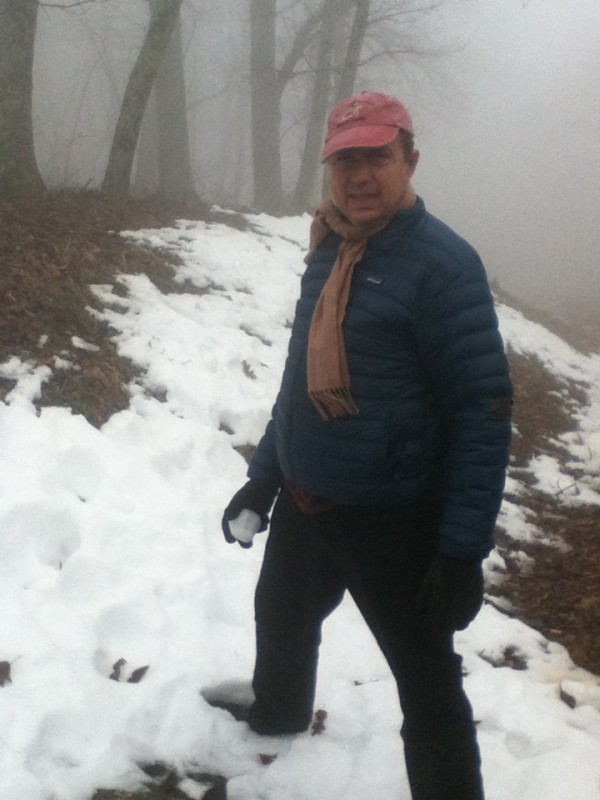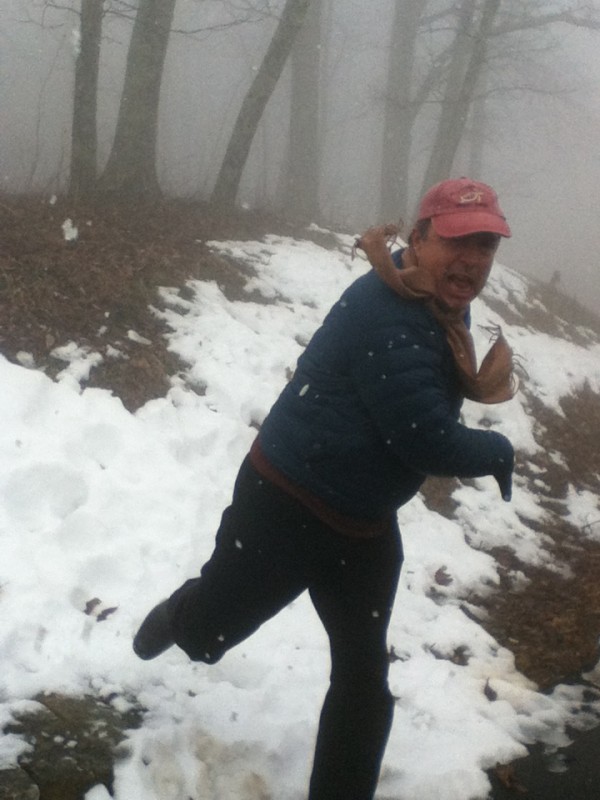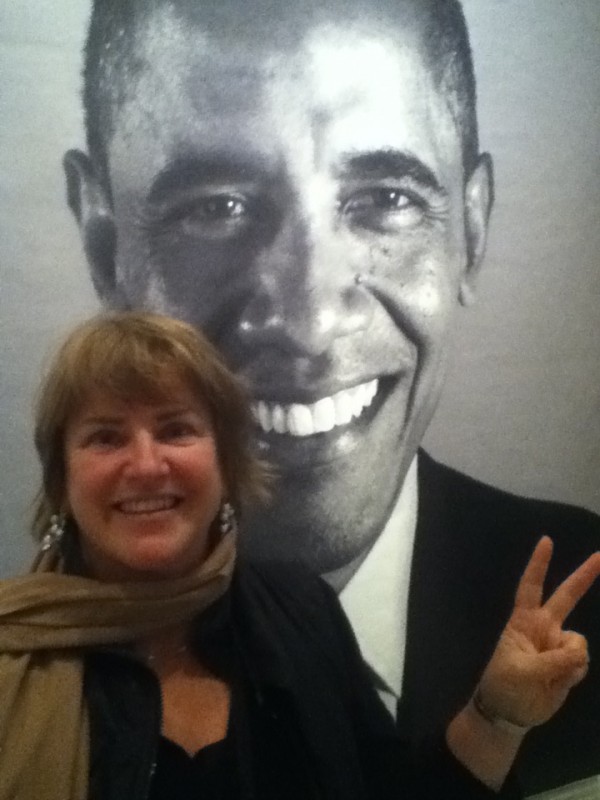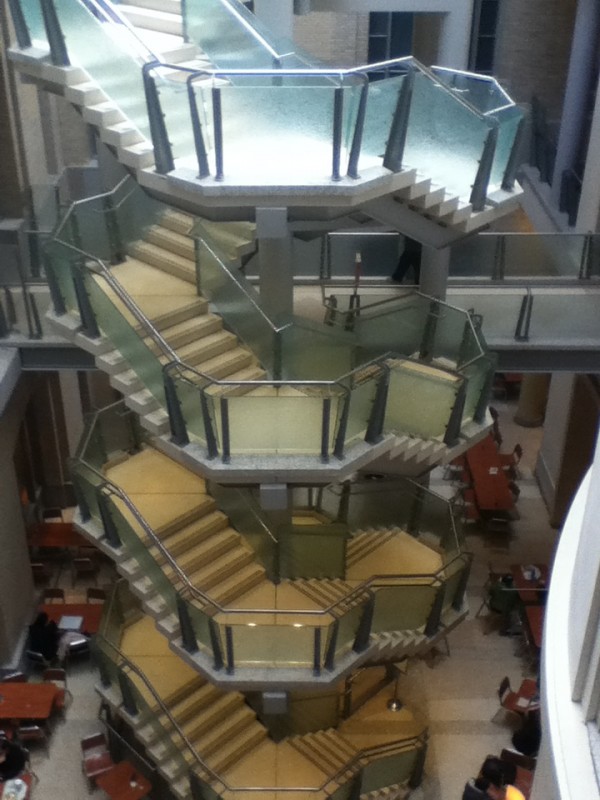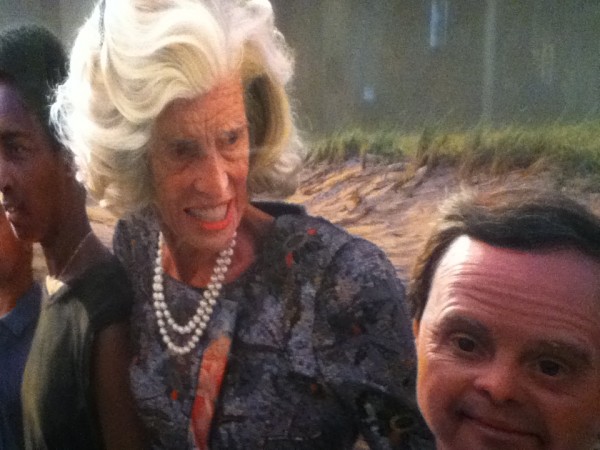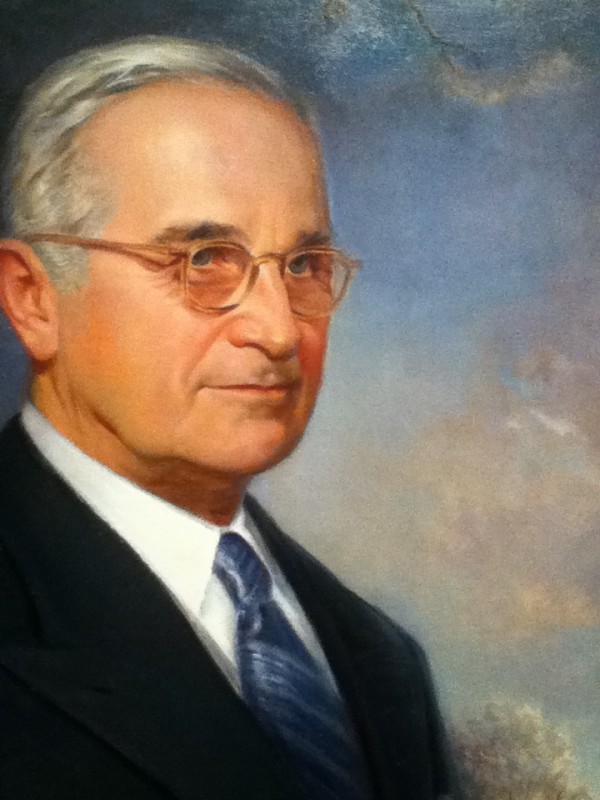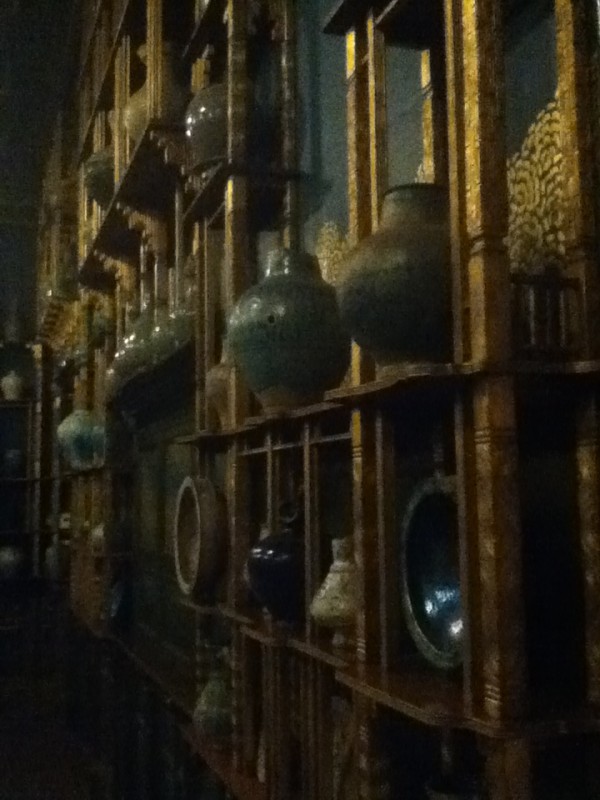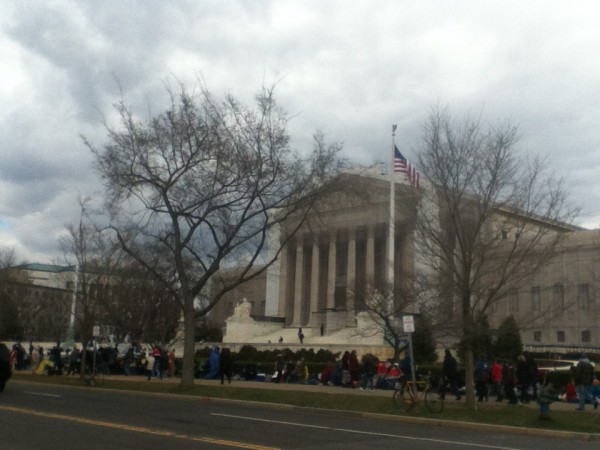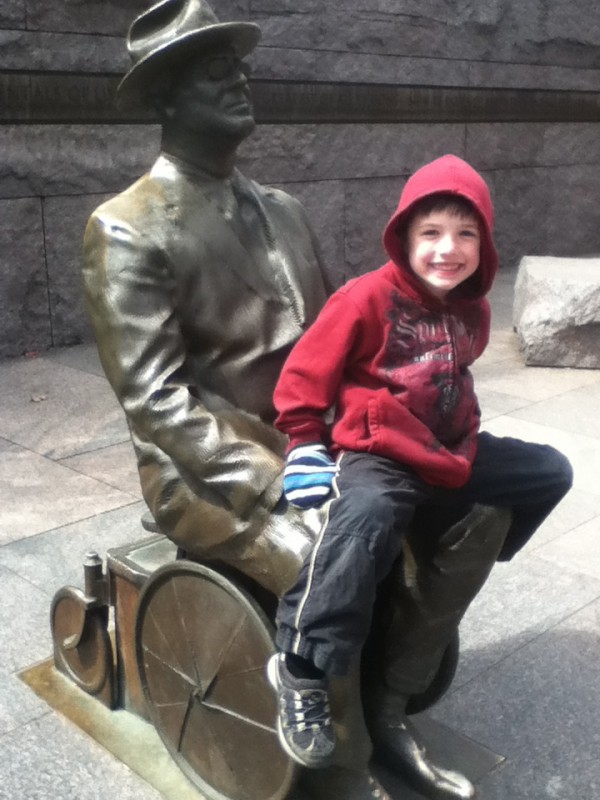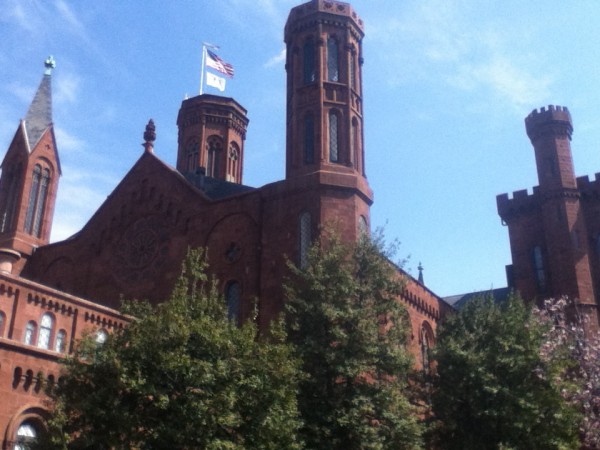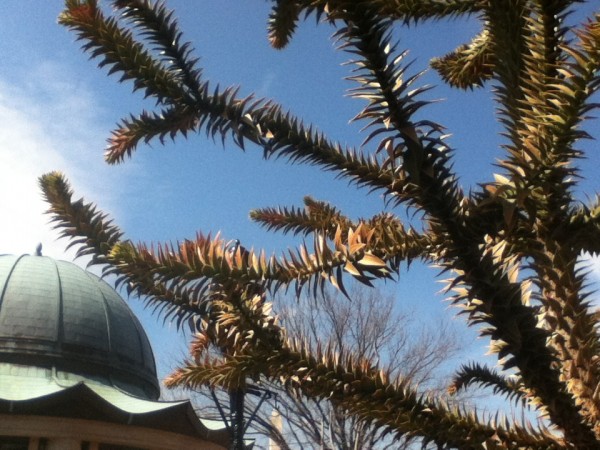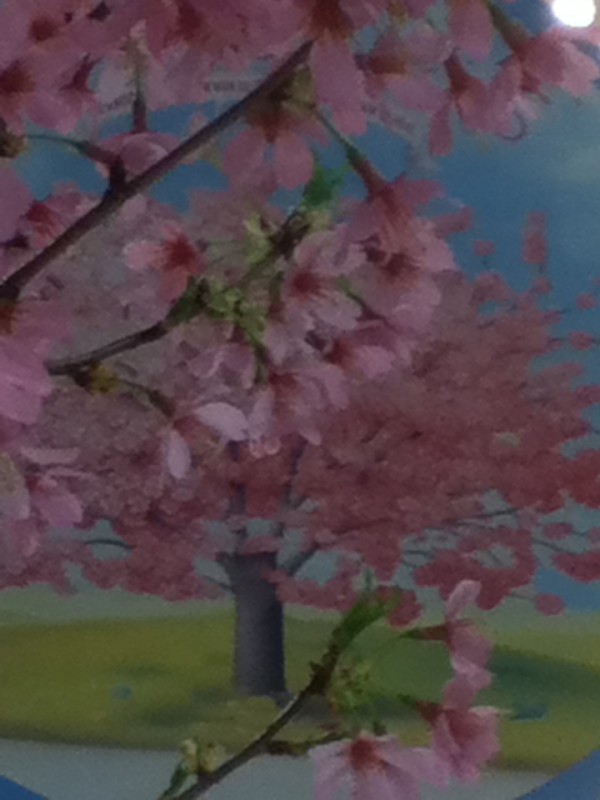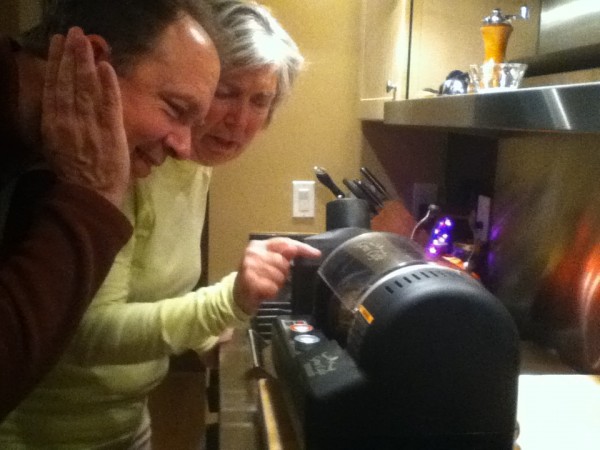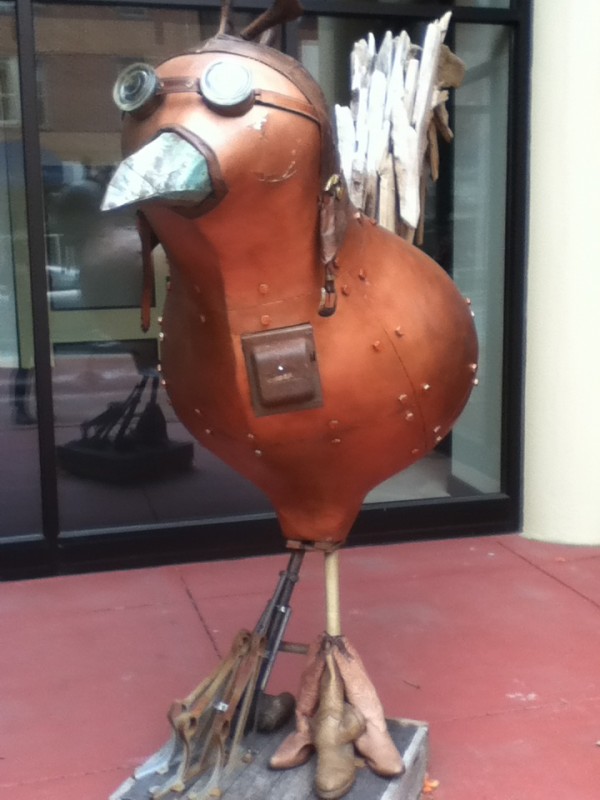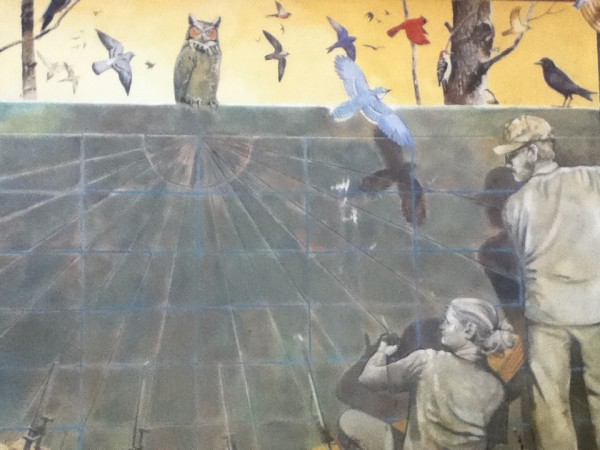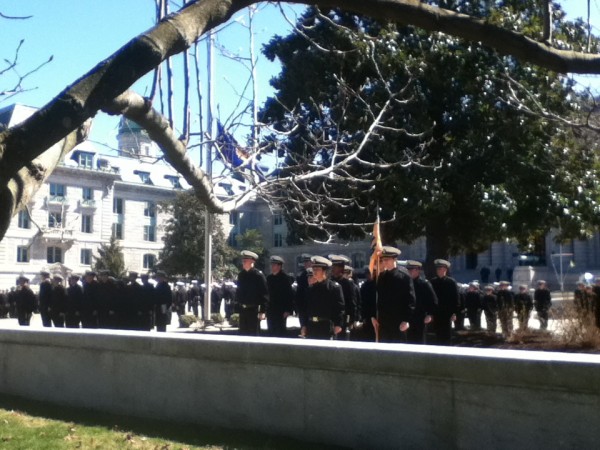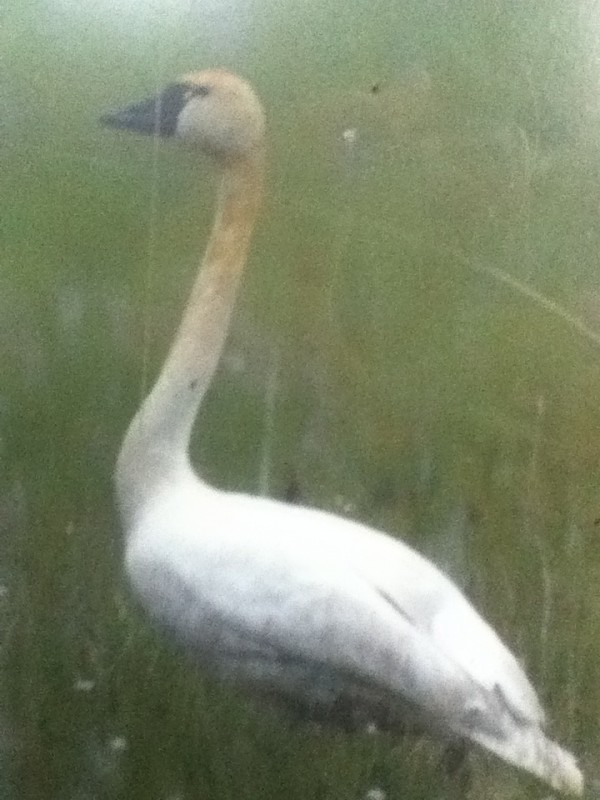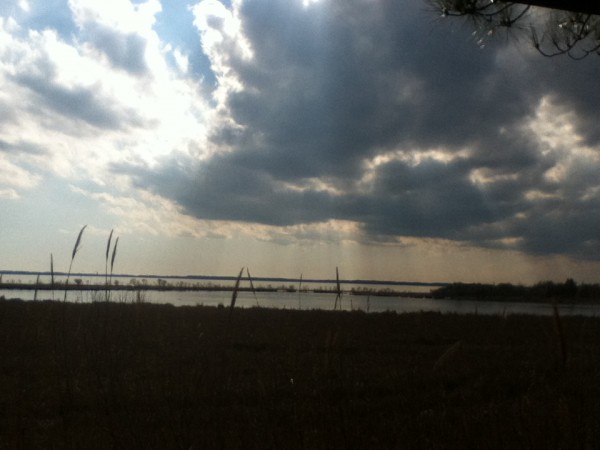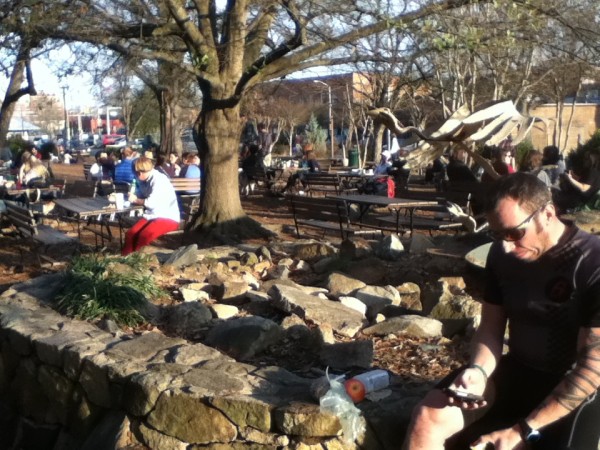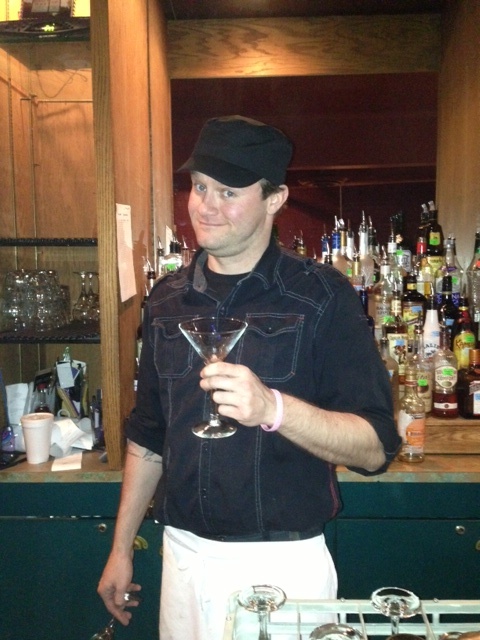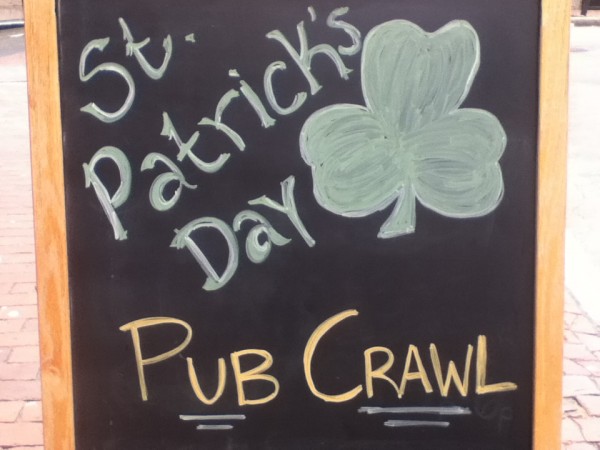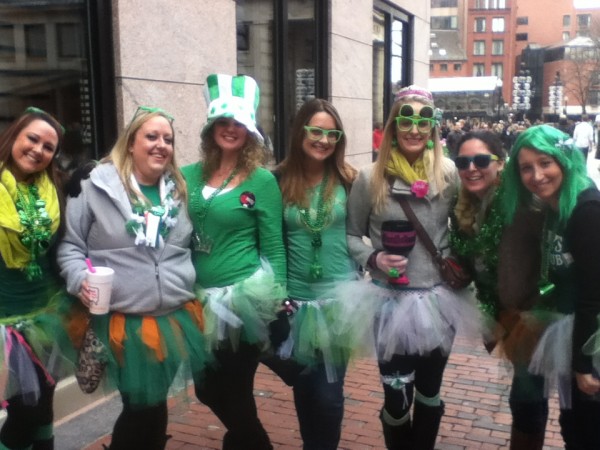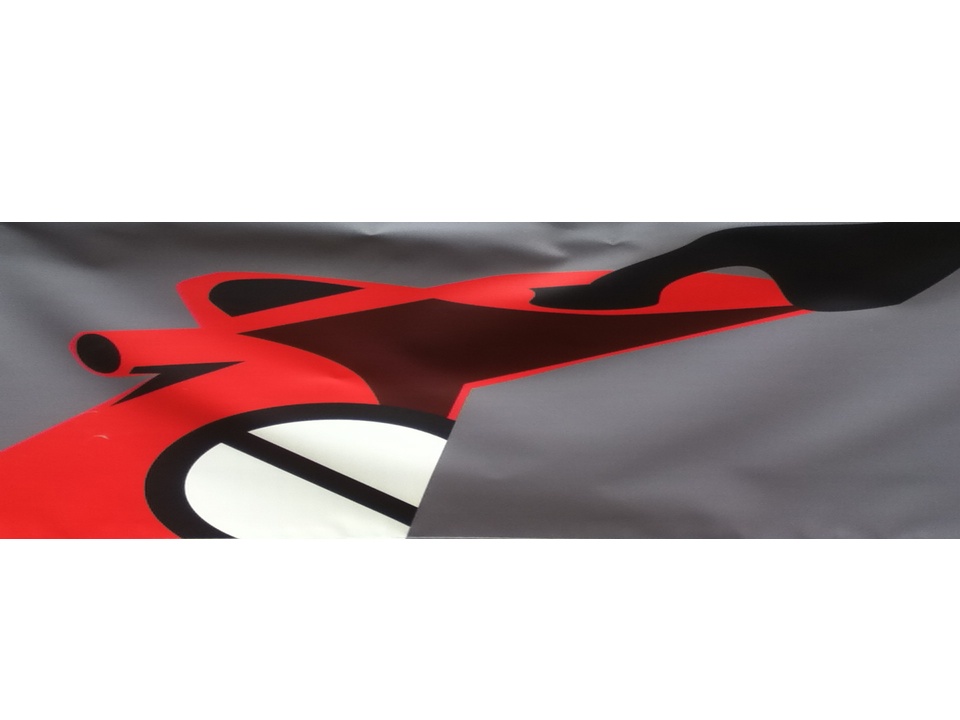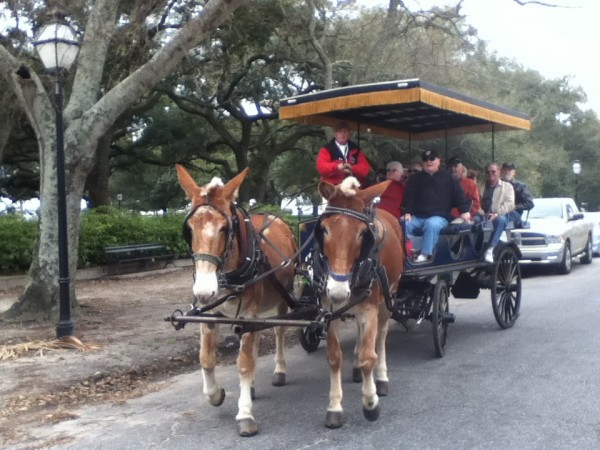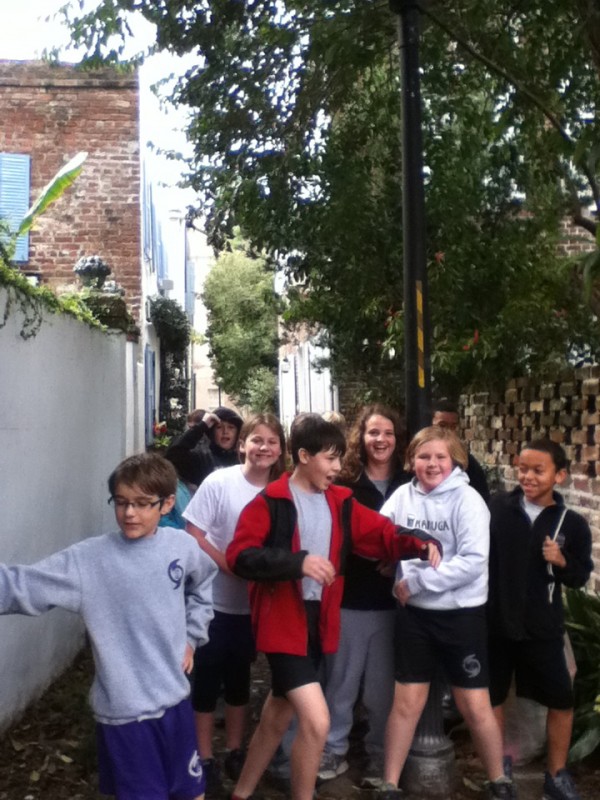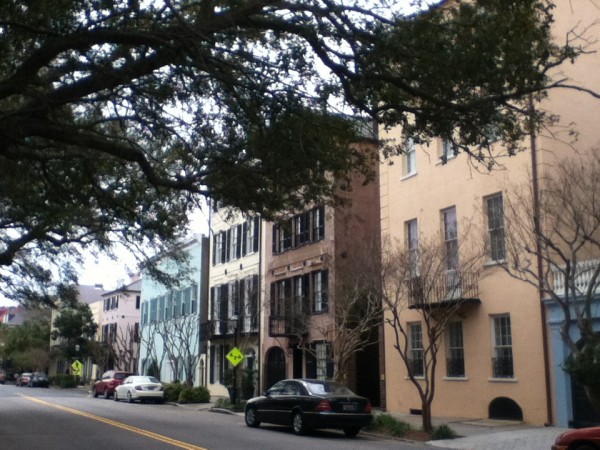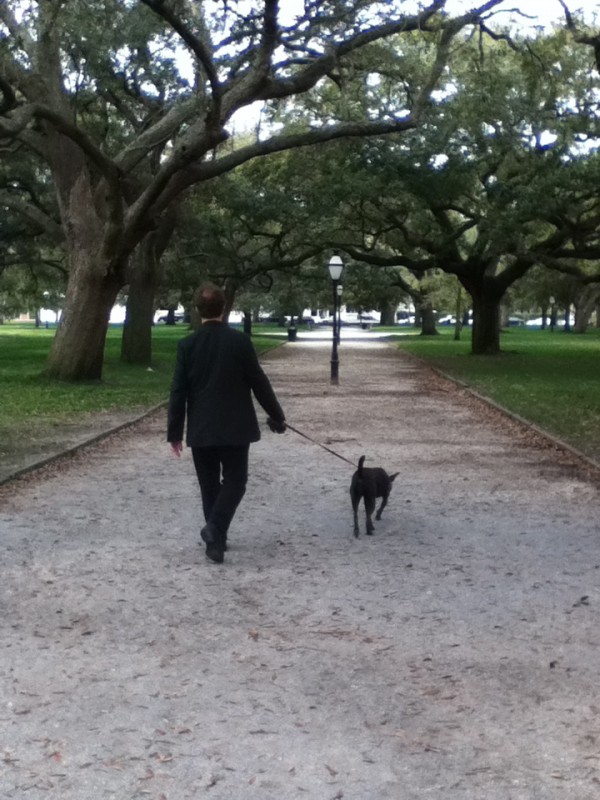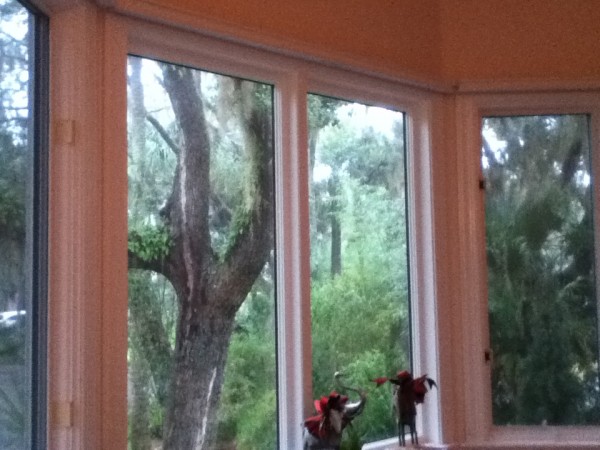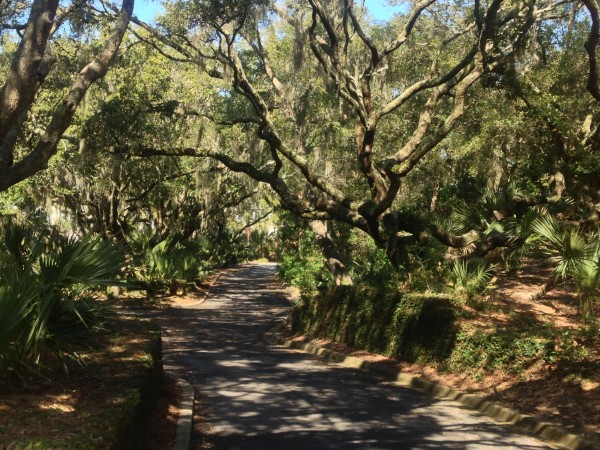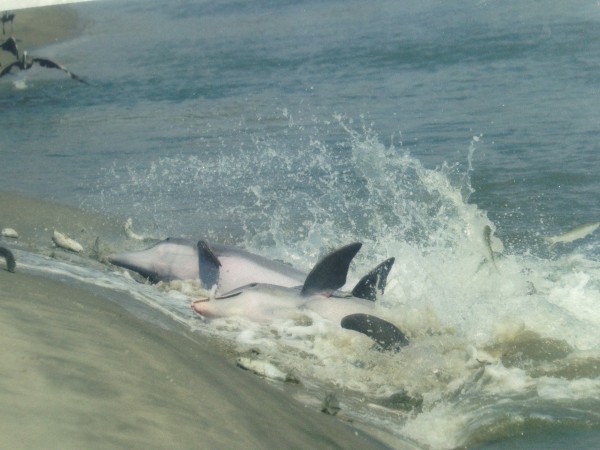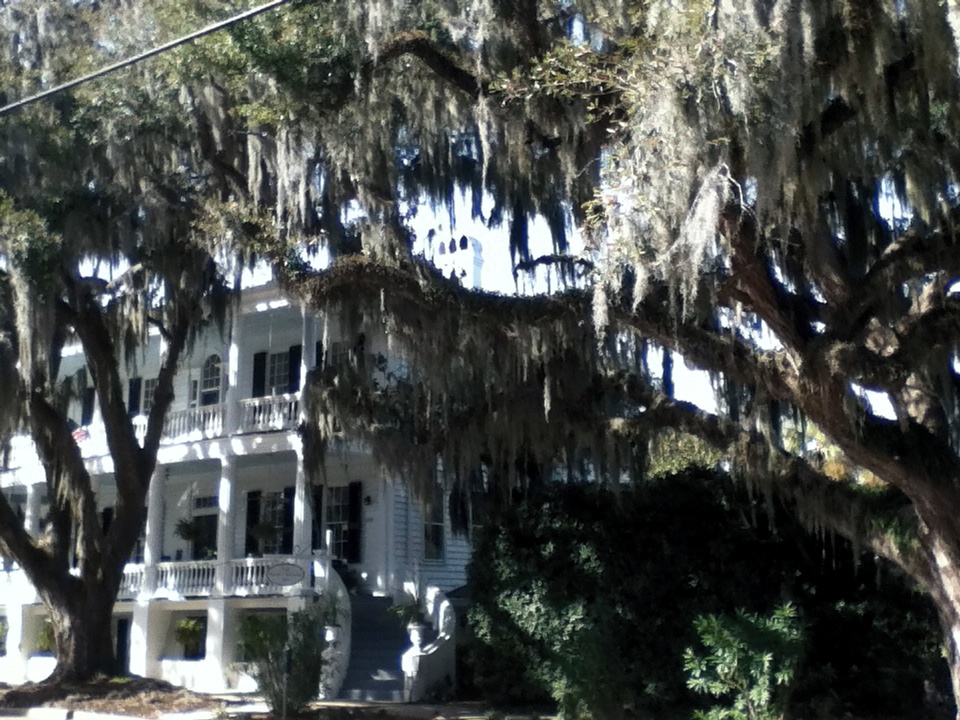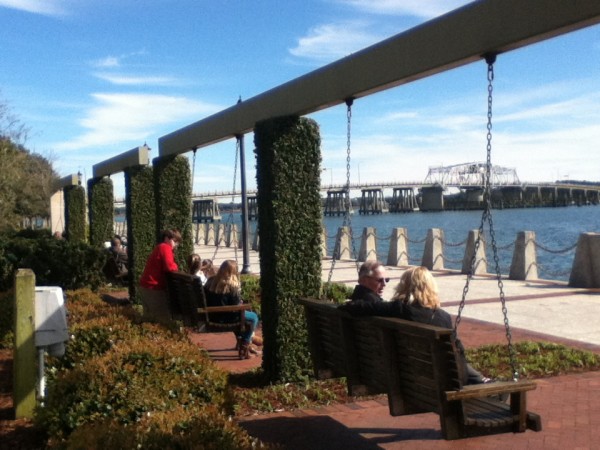Okay, who out there knows why Baltimore (local dialect dictates the proper pronunciation to be: “Ball-ee-more”) is known as Birdland?
Orioles and Ravens are the baseball and football teams here! The city is also known as “Mob City” because this is the 2nd biggest commercial port in the Mid-Atlantic region and was therefore run by the Mob. “The Wire” was my favorite television series because each subsequent year addressed another of the city’s problem areas while following up on the earlier issue. The first year it was poverty, gang violence, and drug dealing. The second year they added the Port (and Mob) due to a container full of dead Russian prostitutes. The following year City Hall corruption was added to the continuing story lines, followed by the educational system. Great show. Rent it on Netflix if you haven’t seen it yet.
The City spins artists have slathered every bus, train and billboard with the name, “Charm City”…yecccch! It is a quite charming city with the frontboard (super thin fake brick) row houses, waterfront attractions including the Aquarium, water taxis, free museum (the Walter), Chesapeake Bay sailing, and a gorgeous skyline of steeples, monuments, skyscrapers, and art installations. It’s real charm however comes from the 60+ distinct neighborho0ds, many filled with specific ethnic cultures. We especially loved Little Italy where the restaurants outnumber and outsize even our San Francisco North Beach. What’s not to like about a real Italian bakery with Tiramisu, cakes, dipped Biscotti, almond cookies and gelato? Vaccaro’s need do no advertising except the simple statement, “The place for desserts and more”. Fells Point and Canton were cool too with a very high number of neighborhood taverns and “cheap and cheerfuls”, small ethnic restaurants, and the community oriented Patterson Park.
We were shocked at the size of John Hopkins Medical Centers, way bigger than UCSF at Parnassus and Mission Creek combined. Hopkins, a Quaker, was an early abolitionist and supporter of President Lincoln. As Maryland remained one of the four Northern slaving states until the 13th Amendment, Hopkins was detested by the State’s Elite. His Trust ensures that people of all ages, genders,and socio-economic position be provided medical services. His Board of Trustees has had to struggle with this requirement in a time of accelerating health costs. The John Hopkings Business School is a gorgeous angular glass skyscraper abutting the new Four Seasons Hotel overlooking the East Harbor, behind this dramatic sculpture, “Katyn Forest Massacre”.
Poland, having been partitioned and dominated by Austrian, Prussian and Russian forces until Independence in 1918, was cruelly invaded by the Nazis and Soviets in WWII. Stalin ordered all of the educated, the “elite” who were a threat to Stalin’s terrorist reign, to three Siberian prison camps, and killed most of the survivors in mass graves in the Katyn Forest. As Stalin denied this, and the Brits and Americans accepted his placement of blame on the Nazis, it was years before it was investigated competently by The Red Cross. The final remains were uncovered only in 1991. The world finally knew the truth after 50 years. This sculpture with the hanging bodies represents the ritual murder of 20,000 prisoners intentionally “trussed” like hogs by Soviet NKVD before being shot and buried in mass graves. The image of fire is designed both to pay homage to democratic efforts, and to cleanse and heal wounds. We found this monument way more moving than our usual images recognizing our heroes. Below, the first column dedicated to President George Washington, preceding the one on the Mall in Washington, DC.


